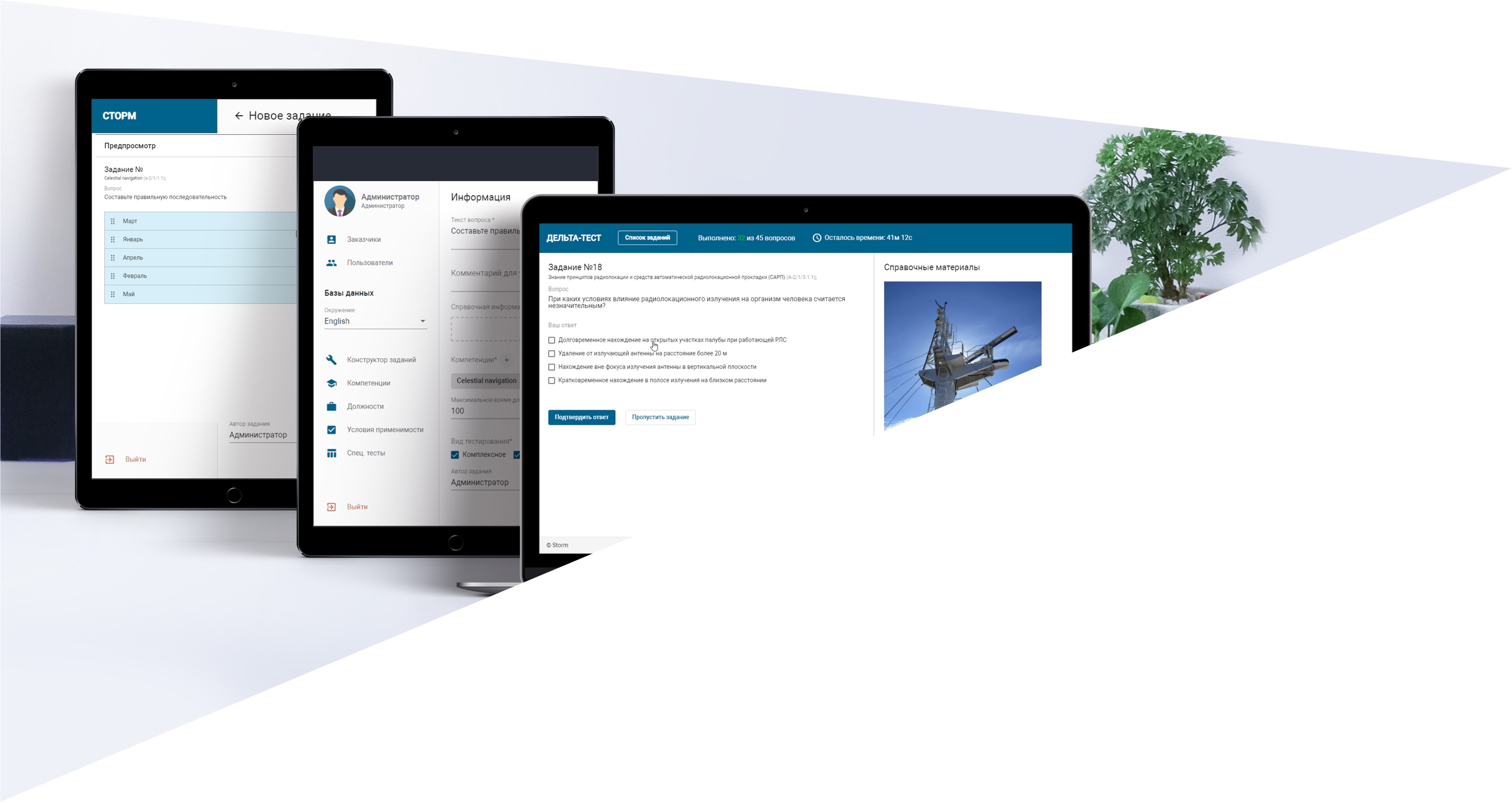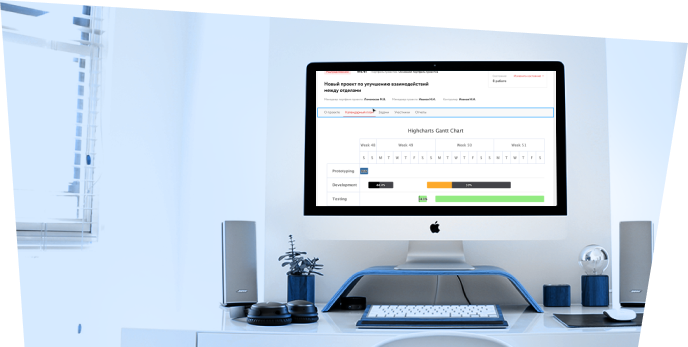Modernization
As time goes on, previously implemented and developed IT solutions can become outdated and inadequate to support the changing needs of the business. By keeping track of the systems used within the company and making timely decisions about their modernization, it is possible to avoid large investments and prevent unnecessary risks.
-
Increased efficiency: updated systems operate faster and more reliably, leading to more efficient execution of business processes
-
Improved security: reduced risks of cyber attacks and data leaks thanks to the implementation of the latest security measures
-
Scalability: modern systems are easier to adapt to changing business requirements and scale as the company grows
-
Cost reduction: efficient and updated systems reduce the costs of their maintenance
-
Enhanced user experience: modern interfaces and functionality improve interaction with both clients and employees
-
Integration capabilities: new systems are easier to integrate with other tools and services, facilitating data and process management
Why we?
-
Product focus. We know what a modern and reliable IT product should look like because we develop custom solutions for various industries and bring our own products to market.
-
Technical expertise. We work with the latest technologies and have a deep understanding of current trends in IT. This allows us to select the most suitable technological solutions for each of our projects.
-
No unnecessary offerings. We focus solely on what is essential for the customer, aiming to provide solutions that precisely meet their unique needs and business processes. Our approach eliminates redundancies and focuses on the key aspects of modernization to provide efficient and cost-effective solutions.
-
Customer-Centric Approach. We prioritize the customer's needs and goals, ensuring that our solutions align closely with their objectives. By actively listening and engaging with our clients, we tailor our services to address their specific challenges and requirements.
Technological stack
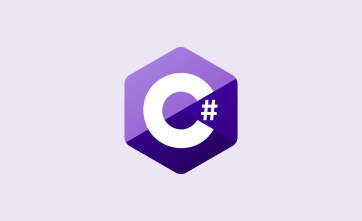
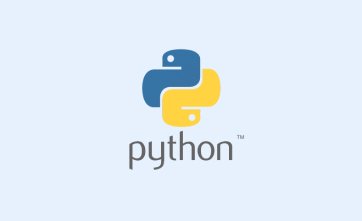
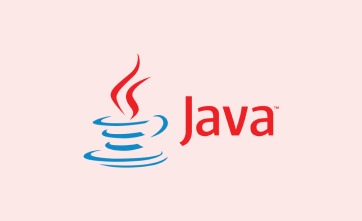

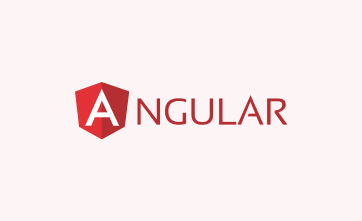
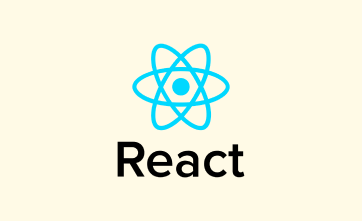
Succesfull stories
Modernization in steps
-
IT Infrastructure Analysis. Analyzing existing IT systems, identifying outdated components, issues, and potential areas for improvement.
-
Project Planning. Establishing specific modernization goals and defining success criteria, creating a detailed project plan.
-
Requirements Analysis. Thoroughly studying the operation of systems and components, as well as user expectations. Creating technical specifications.
-
System Design. Defining the structure of the updated system and its components, developing user interfaces.
-
Software Development. Creating and integrating new components, as well as modifying existing software.
-
Testing. Conducting testing, including unit, integration, and load testing, to ensure the proper functioning of the system.
-
Deployment. Preparing the system for deployment, including user training and transitional activities. Gradual implementation of new systems and monitoring their operation.
-
Support. Troubleshooting and system updates after deployment, continuously improving the system in accordance with changing requirements and technologies.
Contact Us
If you have an idea, contact us - we'll find a way to bring it to life!
